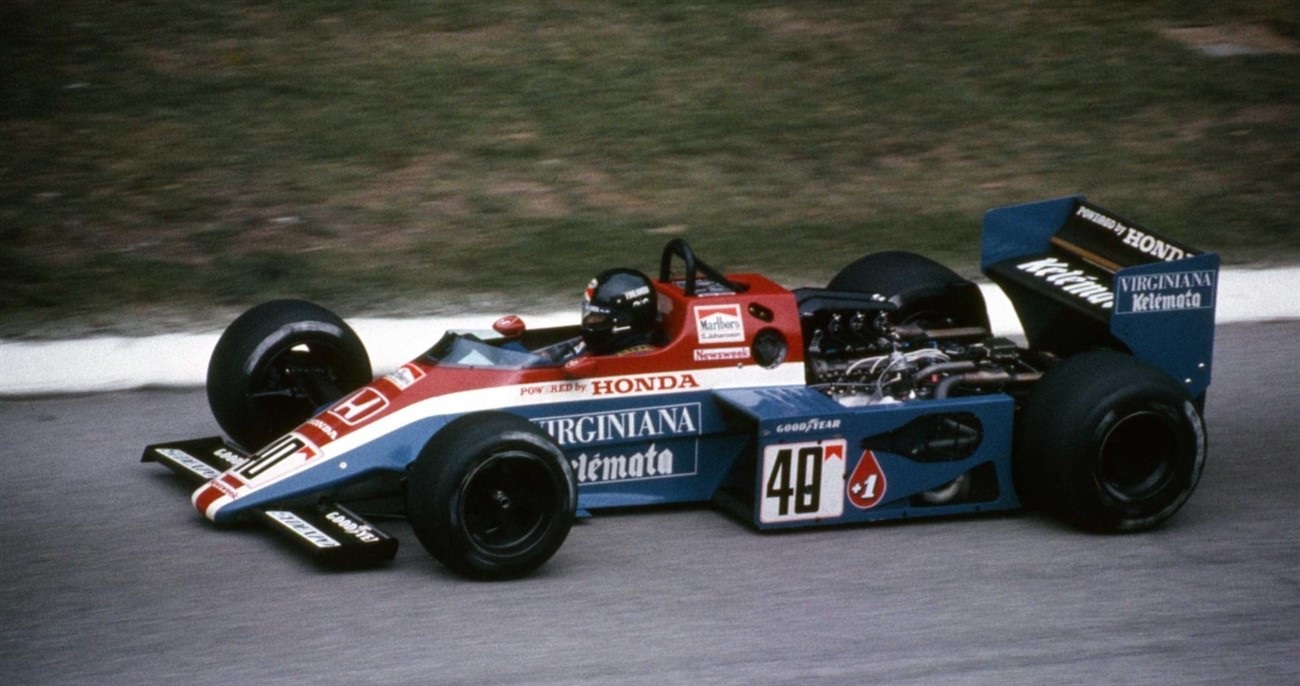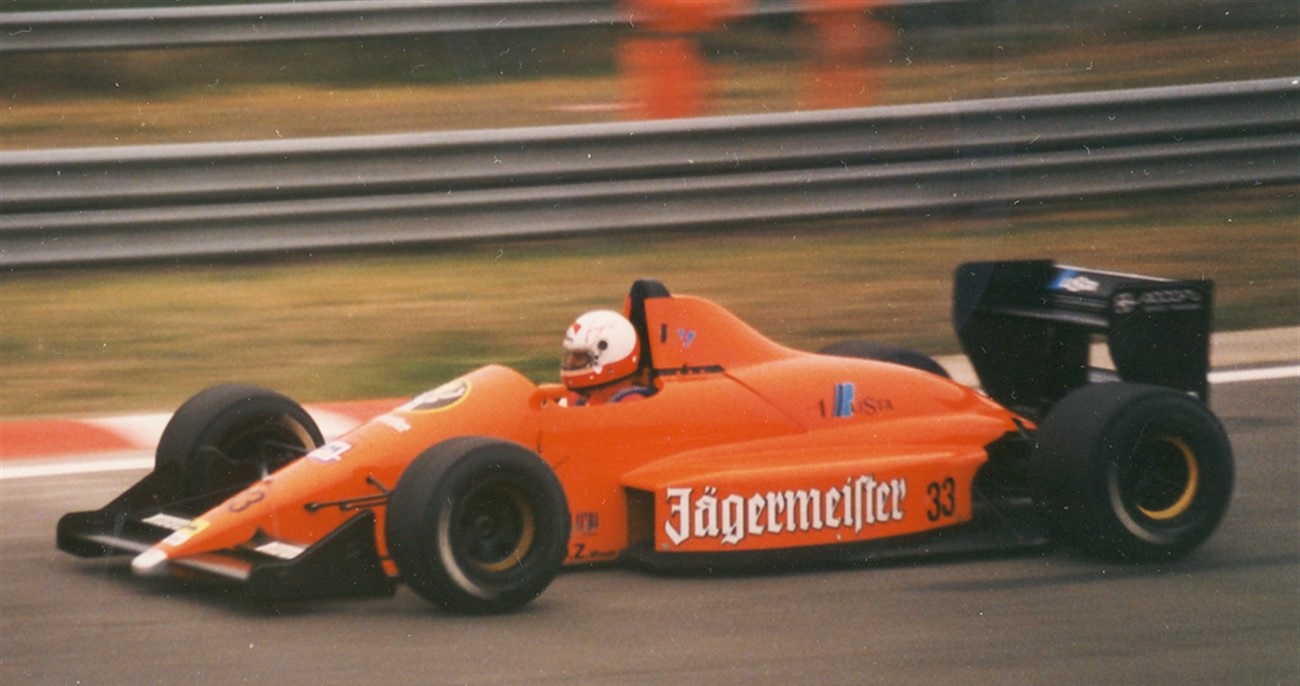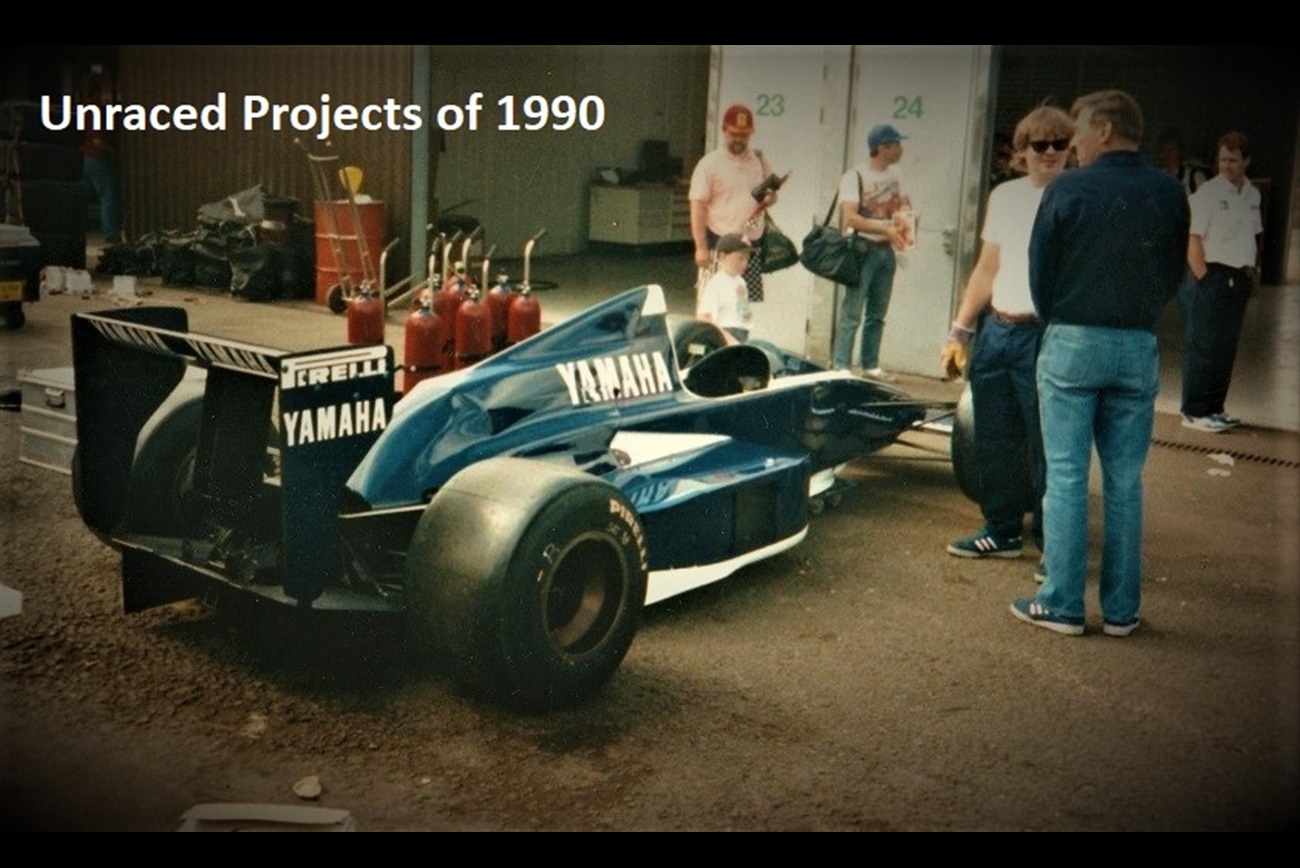As there are over 650 Unraced F1 projects from the period 1885 – 2020 I decided before to publish articles of Unraced projects per year. This is easier for you to see which attempts happened a specific year. Of course, it is easier for me as well as researching and writing an article takes a lot of time, which I don’t always have. If you are interested in one of the summarized attempts perhaps, I can give you more info about it.This is the summarized overview of the Unraced projects in 1983.
Brabham BT51
The Brabham BT51, designed by Gordon Murray was finished in October 1982. Bernie Ecclestone agreed with the development of the ground effect car as he believed the ground effect aerodynamics would still be permitted in 1983. The FISA had different thoughts. In 1983, the use for a flat bottom was mandated. Brabham already started testing with the BT51. First with Nelson Piquet, on Avon tyres, at Paul Ricard on the 22nd of November 1982. Piquet drove 72 laps with a best time of 1:09,10 (according to my info). Later Ricardo Patrese and Nelson Piquet tested with the BT51. Though this time fitted with the Michelin tyres.
Ferrari 126C2B Ground effect
The Ferrari 126C2B is a bit of a trouble seeker in the world of the Unraced teams and cars. The original plan was an F1 challenger based on the ground effect concept. However, in 1983 the sport’s governing body mandated the use of a flat bottom, effectively banning ground effect. Eventually the Ferrari 126C2B did debut in 1983. The car had smaller side-pods and larger front and rear wings. I’m trying to uncover more info about the Ferrari 126C2B with ground effect to see if It should be here on the list or not.
Fittipaldi FD10
The doors of the Fittipaldi Automotive team, better known as Copersucar Fittipaldi, closed their doors in January 1983 after the team folded due to financial struggles. The attempt by the brothers to raise enough funds to continue in 1983 were far from enough to pay the bills. While the team disappeared from the grid, they already started working on the Fittipaldi FD10. The design was overseen by Richard Divilia and was helped by some designer Adrian Newey. Aerodynamically the FD10 had some interesting features. However, the car would never been build.
Ligier-Matra JS19B
In all secret the Matra Company worked on their own Turbo V6 engine. In late 1982 and early 1983, Ligier was to test with the Matra V6 engine. The story goes that the proposed four-cylinder turbocharged engine from Talbot, in 1980 already, would have been the base of the Matra V6. It seems that the Talbot would have a BMW turbo engine. Better said, both companies were on speaking terms to conclude a deal. Why Ligier never tested the Matra V6 engine? In those days, the team was called Ligier Talbot. Talbot was in fact Peugeot. They had no clue what a new engine would cost. Probably they were shocked when they found out the costs of the Matra V6 engine. They refused to pay Matra, and Matra ditched their V6 project eventually.
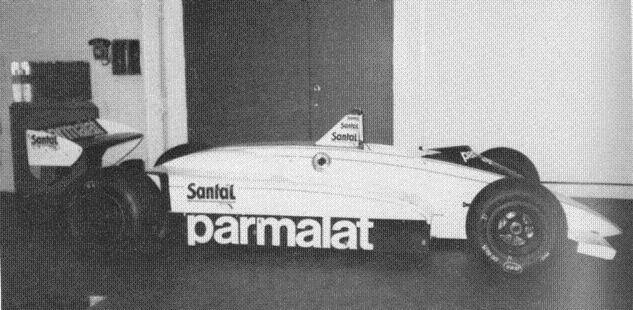
Brabham BT51 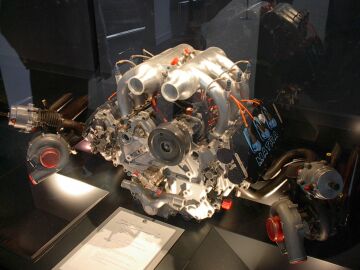
Matra V6 engine
I would advise you to pay a visit to the Matra museum in Romorantin. There is still a Ligier JS19B monocoque on show. In it would once be the Matra V6 fighting for points and even podiums in 1983 and further.
Spirit-Honda 101
The British Spirit Racing team was founded in 1981 and participated in 1982 in the Formula Two. Already in their second year the team appeared in the Formula One. The team had backing of Honda and Bridgestone who were keen to re-enter the Formula One. That same year Honda had built prototypes of their brand new turbocharged Formula One engine. While the team debuted with their modified F2 car, the 201C with Stefan Johansson the team was working on the Spirit-Honda 101
The team would appear with their new Spirit-Honda 101 at Monza, the race would mean the begin of the end for the team and their relation with Honda. The team missed the final race of the season at Kyalami because Williams would be supplied only with the Honda engines. We all know how that ended. The Spirit 101 never drove a Grand Prix with the intended Honda engine. In 1984 the team would continue in the Formula One and would be powered by the Hart turbocharged engines.
McLaren-TAG Porsche MP4/1D
Almost ten years before Porsche appeared in the Formula One with their failed V12 engine, which was fitted in the back of the Footwork, Porsche tested their brand new Turbocharged engine in 1983. McLaren was asked to test the engine’s capacity. The car was seen for the first time on a track the 29th of June 1983 at the Porsche Weissach test track. John Watson was the lucky one to be the first one to test this beauty. A full report of that day can be read here.

